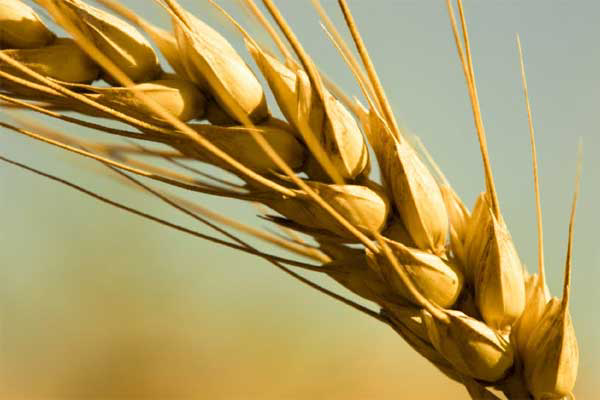Mycotoxin survey shows UK & Ireland wheat is safe for feed

A mycotoxin survey conducted by Belgium based feed additives supplier Nutriad, covered 55 samples across all regions of the UK and Ireland. More than 300 analysis were conducted to test for the occurrence of the six mycotoxins most frequently found in agricultural commodities intended for animal production.
The survey provided an insight into the incidences of aflatoxins (Afla), zearalenone (ZEN), deoxynivalenol (DON), T-2 toxin, fumonisin B1 (FB1) and ochratoxin A (OTA) across all regions of the UK and Ireland.
All analysed samples were wheat. Typically, wheat levels of DON and zearalenone tend to be lower in northern England and Scotland; moderate in western England, Wales and Ireland and highest in southern and south-eastern England. All 55 samples were collected almost immediately after the harvest and the probability that some storage mycotoxins will have developed (OTA) was low. Wheat samples were sampled directly from farms or animal feed production sites.
All six mycotoxins were analyzed by liquid chromatography tandem mass spectrometry (LC MS/MS). For the purpose of data analysis, non-detection levels were based on the limits of quantification (LOQ) of the test method for each mycotoxin: AfB1 < 0.5 μg/kg; ZEN < 10 μg/kg; DON < 75 μg/kg; FB1 < 125 μg/kg; OTA < 1 μg/kg and T-2 toxin < 4 μg/kg.
The survey showed that 22% of wheat samples were contaminated with DON and none of the samples contained AfB1. Only 2% of samples contained OTA and FB1 but this result was expected as it is well known that OTA is a typical storage mycotoxin and FB1 is preferably produced on maize. The average concentrations of all recovered mycotoxins were low while the highest concentration of DON found in one of the samples reached only 280 μg/kg. Although 9% of the samples contained T-2 toxin, a mycotoxin extremely toxic for poultry, its maximum concentration reached only 11 μg/kg and this level is negligible.
The Nutriad wheat mycotoxin survey concluded that this year’s harvest of wheat in the UK and Ireland is of very good quality in terms of mycotoxin contamination. Based on the results of this survey conducted immediately after the 2014 harvest Nutriad believes that this year’s wheat crop in the UK and Ireland might be considered safe for inclusion into finished feed rations for all animal species.
Vigilance is always advisable however as cereals in animal feeds originate from many sources and some continental European cereals harvested in 2014 have been shown to be highly contaminated with mycotoxins. The last possible line of defence is the detoxification of mycotoxins in vivo. The addition of proven mycotoxin deactivators to animal feeds is a very common method to prevent mycotoxicosis and is an effective strategy to keep mycotoxin risk low under any and all conditions.











